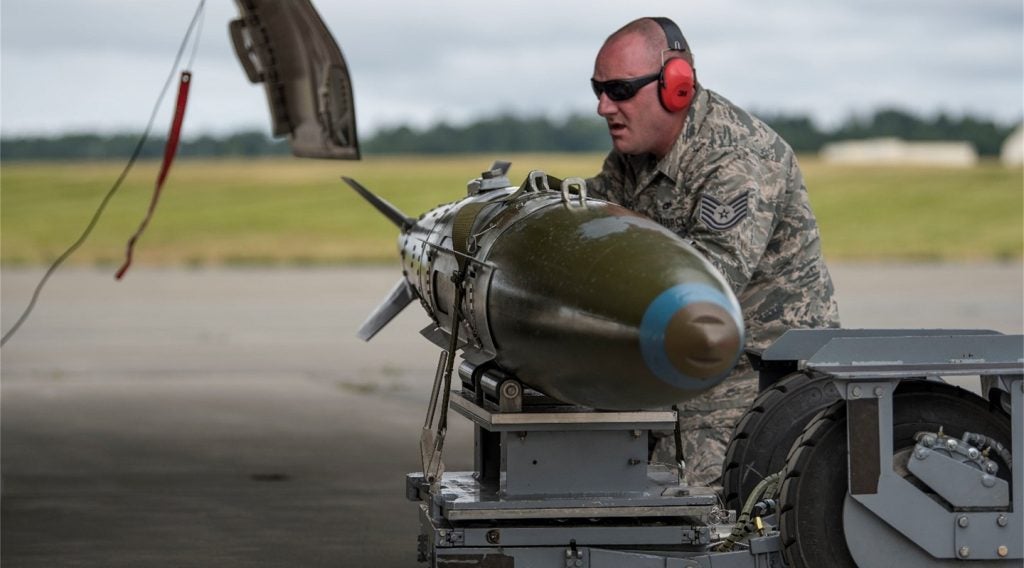The US Air Force (USAF) has awarded a $605m contract to Boeing for the production of the Wideband Global Satellite Communication Space Vehicle 11 (WGS-11).
The contract is a firm-fixed-price modification to the previously awarded contract. With the latest modification, the total value of the contract has increased to $2.49bn.
The WGS-11 system facilitates broadband communications connectivity for troops across the globe. It also supports critical communications for humanitarian efforts and deployed forces.
Contracted work will be carried out by Boeing in El Segundo, California, US, and is expected to be completed by 20 November 2023.
The USAF will initially obligate fiscal 2018 procurement funds of around $300m to the company.
According to Boeing, the system can operate at both X-band and Ka-band and enables networks for tactical command, control, communications, computers, intelligence, surveillance, and reconnaissance (C4ISR).
How well do you really know your competitors?
Access the most comprehensive Company Profiles on the market, powered by GlobalData. Save hours of research. Gain competitive edge.

Thank you!
Your download email will arrive shortly
Not ready to buy yet? Download a free sample
We are confident about the unique quality of our Company Profiles. However, we want you to make the most beneficial decision for your business, so we offer a free sample that you can download by submitting the below form
By GlobalDataThe design supports the positioning of ten Ka-band and eight X-band beams anywhere in the field of view of each satellite.
WGS satellites are designed to operate in contested environments. The company is working in partnership with the USAF to provide the fleet with anti-jamming capabilities.
The enhancements are being carried out through two programmes that are currently under development, namely the mitigation and anti-jam enhancement (MAJE), and the protected tactical enterprise service (PTES).
Boeing received the original contract in 2001. So far, ten WGS satellites have been launched.
WGS-10 was launched last month on board United Launch Alliance’s Delta IV rocket.
WGS-8, WGS-9 and WGS-10 are equipped with an upgraded digital channeliser that increases the available bandwidth of earlier satellites in the series by nearly two times.
The constellation was originally planned to feature only ten satellites. However, Congress approved the procurement of two more satellites.
Other partner nations in the WGS project include Australia, Canada, Denmark, Luxembourg, the Netherlands and New Zealand.







